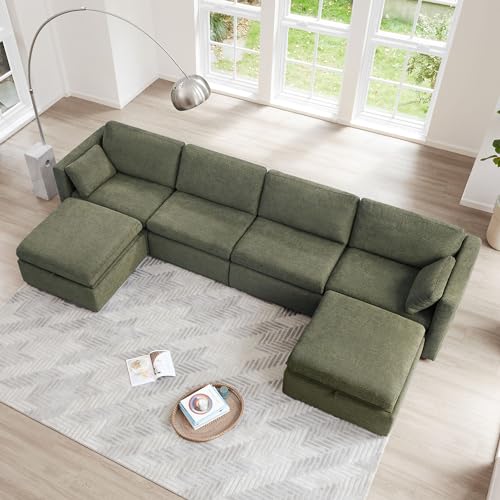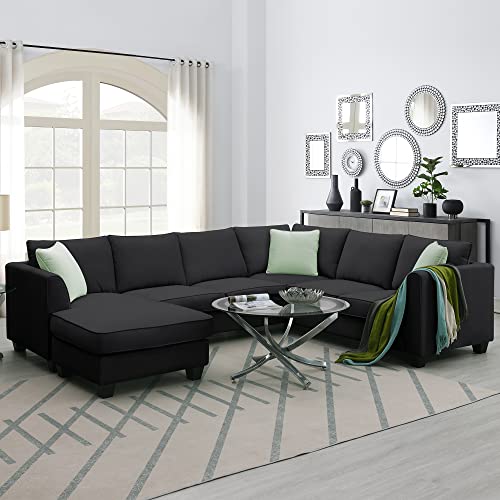The History Of What Are U Shaped Valleys
페이지 정보

본문
 What Are modern Small U shaped kitchen Designs Shaped Valleys?
What Are modern Small U shaped kitchen Designs Shaped Valleys? A Explore Our Stylish U-Shaped Sectional Sofas Collection Valley is an edifice of geology that has high, steep sides and a flat or rounded valley bottom. They are the result of glaciation and are frequently the home of rivers, lakes and sand traps found on golf courses kettle lakes (water hazards), and other such natural features.
A Explore Our Stylish U-Shaped Sectional Sofas Collection Valley is an edifice of geology that has high, steep sides and a flat or rounded valley bottom. They are the result of glaciation and are frequently the home of rivers, lakes and sand traps found on golf courses kettle lakes (water hazards), and other such natural features.Glacial erosion forms U-shaped valleys when rocks are removed from the sides and bottom of the valley. These valleys can be found in mountainous regions all over the world.
They are created by glaciers.
Glaciers are massive bodies of ice that form on mountains and then move down them. As they erode they create U -shaped valleys that have flat floors and steep sides. These are different from river valleys which are usually shaped in the shape of the shape of a V. While glacial erosion can take place anyplace however, these valleys tend be more prevalent in mountainous regions. They are so distinctive that you can tell if the landscape was created by glaciers or by rivers.
The process of creating a U shaped valley begins by creating a V shaped river valley. As the glacier melts it, it expands into the V-shaped valley of the river, and forms an inverted U-shape. The ice also scratches the land's surface creating straight and high walls on the sides of valley. This process is referred to as glaciation, and it takes the strength of a lot to scour the earth this manner.
As the glacier continues eroding the landscape, it also makes the valley bigger and deeper. This is because the ice has a lower frictional resistance compared to the surrounding rocks. As the glacier moves through the valley it also causes abrasion on the rock surfaces and pulls the weaker rocks from the valley wall in a process referred to as plucking. These processes combine to widen, deepen and smooth the U-shaped valley.
These processes also cause a tiny side valley to be left hanging' above the main valley. The valley may be filled with ribbon lakes that are created when water flows through the glacier. The valley is also characterized with striations and ruts, till on the sides as well as moraines and till on the floor.
The world is filled with U-shaped valleys. They are common in mountainous areas, including the Andes, Alps, Caucasus, Himalaya and Rocky Mountains. In the United States they are usually found in national parks. Examples include Glacier National Park and the Nant Ffrancon Valley in Wales. In certain instances, valleys can extend to coastal areas and become fjords. This is an natural process that occurs when the glacier melts, and it can take hundreds of thousands of years to get these valleys created.
They are deep
U-shaped valleys have steep sides that curve into the bottom and wide, flat valley floors. They are formed by river valleys that have been filled by glaciers during the Ice Age. The glaciers erode the valley's floor by abrasion and plucking and cause the valley to get deeper and expand more evenly than a river would. These types of features are common throughout the world in mountainous areas including the Andes, Alps, Himalayas, Rocky Mountains, and New Zealand.
The erosion of a valley in the river can transform it into a u-shaped valley, increasing its depth and expanding it. The erosive force of the glacier also causes smaller side valleys to hang above the main valley that is typically characterized by waterfalls. These types of valleys are known as "hanging valleys" because they hang above the main valley when the glacier recedes.
These valleys may be covered in forest and may contain lakes. Some valleys are used for farming while others are filled with water. A large number of these valleys are in Alaska in the region where glacial melt is at its most intense.
Valley glaciers are massive river-like flows of ice that slowly creep down mountain slopes during a glaciation. They can extend to depths of over 1000 feet, and are the predominant form in the alpine regions of valley erosion. They eat away the rocks that lie at the bottom of the valley, causing depressions and holes that are filled with water. The resulting lakes are large and thin and they are found in the peaks of a few mountains.
Another type of valley, a glacial trough is a U-shaped valley which extends into saltwater and creates the fjord. They are all over the world, including Norway and are referred to as fjords. They are formed by melting glaciers, and can be seen on maps of the globe. They are typically characterized by rounded sides that resemble an small u shaped sectional shape in cross-section as well as steep sides. The walls of troughs are typically carved out of granite.
They are a bit steep
A U shaped valley is a type of formation with steep, high sides and a rounded bottom. Glaciers are the cause of many of these valleys. They are common in mountainous areas. This is due to glaciers being slow-moving rivers of ice which move downhill, scouring land as they move. Scientists believed that glaciers couldn't create valleys due to the fact that they are so soft, but now we know that they can make these forms.
Glaciers cut distinctive u-shaped valleys by using the processes of plucking as well as abrasion. Through erosion, these processes can increase the width, steepen and deepen V shaped river valleys. The slopes of the valley bottom are also altered. These changes happen in the front of the glacier as it is pushed into the valley. This is why the top of a U-shaped valley is typically wider than the bottom.
Sometimes, U-shaped valleys can be filled with lakes. The kettle lakes are formed in hollows eroded by the glacier, or blocked by the moraine. The lake may be a temporary feature as the glacier melts, or it may remain after the glacier receding. These lakes are often located alongside cirques.
A flat-floored Valley is another kind of valley. The valley is created by streams that degrade the soil. However it doesn't have a steep slope as a U-shaped valley. They are typically located in mountainous areas, and can be a lot older than other kinds of valleys.
There are many different types of valleys across the globe, and each has its own distinct appearance. The most common type of valley is the V-shaped, but there are also rift and U-shaped valleys. A rift valley is one that is formed in areas where the earth's crust is splitting apart. These are often narrow valleys that have steep sides. This is evident in the Nant Ffrancon Valley, located in Snowdonia.
There are a variety of widespread.
U-shaped valleys are characterized by their broad bases, unlike V-shaped ones. They are usually found in mountain ranges and are shaped by glaciers. Glaciers are massive blocks of snow and ice which erode the landscape as they move downhill. They erode valleys through friction and the abrasion. This erosion is known as scouring. The glaciers erode the landscape in a distinctive U-shaped pattern. These are referred to as U-shaped valleys. They can be located in many places around the world.
The valleys are formed when glaciers degrade valleys of rivers. The weight of the glacier and its slow movement erode the valley floor and sides, creating a distinctive U-shaped shape. This process is referred to as glacial erosion, and has produced some of the most beautiful landscapes on Earth.
These valleys are sometimes called glacial troughs or troughs. They are all over the world, but especially in areas with glaciers and mountains. They range in sizes ranging from a few meters to hundreds of kilometers. They also differ in length and depth. The deeper the valley is, the larger the fluctuation of temperature will be.
A fjord, or a ribbon lake is formed when a U-shaped gorge fills with water. The ribbon lakes develop in the valleys in which the glacier has eroded the rock with less resistance. They also can form in a valley in which the glacier was stopped by a moraine wall.
Apart from U-shaped valleys, ribbon lakes may also have glacial features like erratics, hanging valleys and moraine dams. Erratics, or huge boulders, are deposited by a glacier as it moves. The erratics are used to mark the boundaries between glaciated areas.
Hanging valleys are smaller side valleys left 'hanging' above the main valley created by the glacier. They are less ice-covered and are not as deep. They are created by glaciers that tributary to the main valley and are usually overshadowed by waterfalls.
- 이전글A Vibrant Rant About Upvc Window Repairs 24.06.23
- 다음글10 Times You'll Have To Know About Fela Railroad Accident Lawyer 24.06.23
댓글목록
등록된 댓글이 없습니다.

